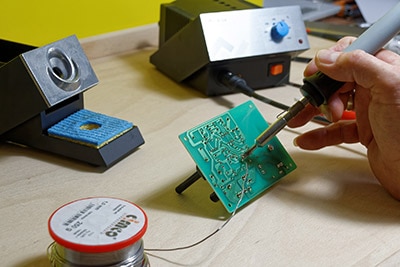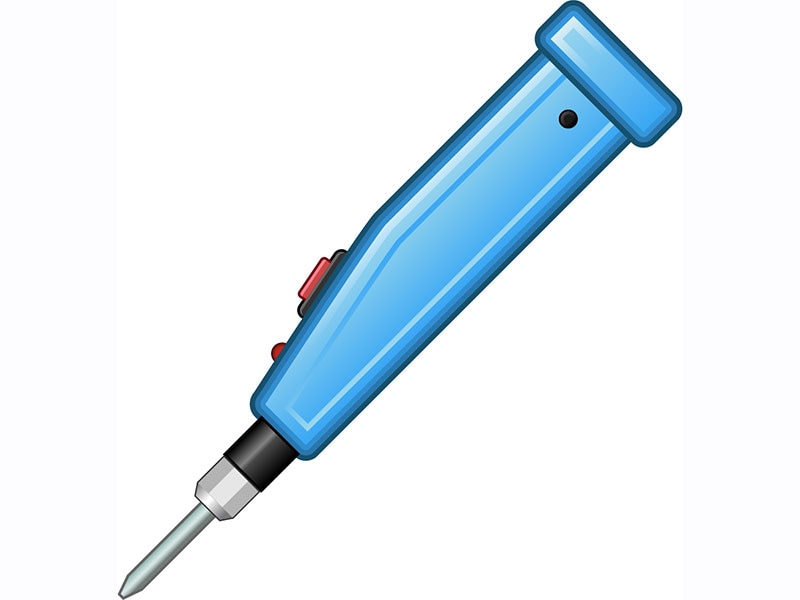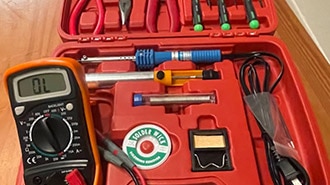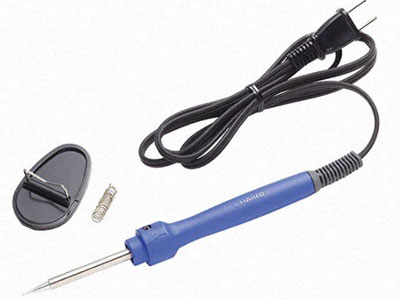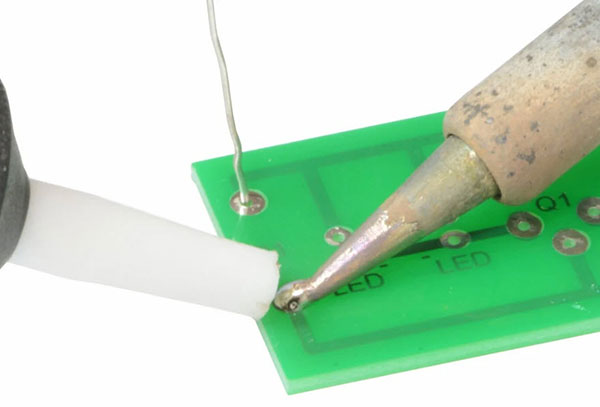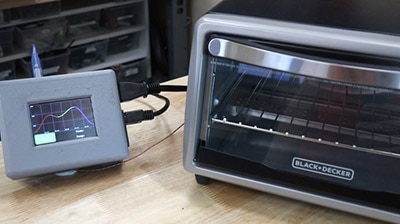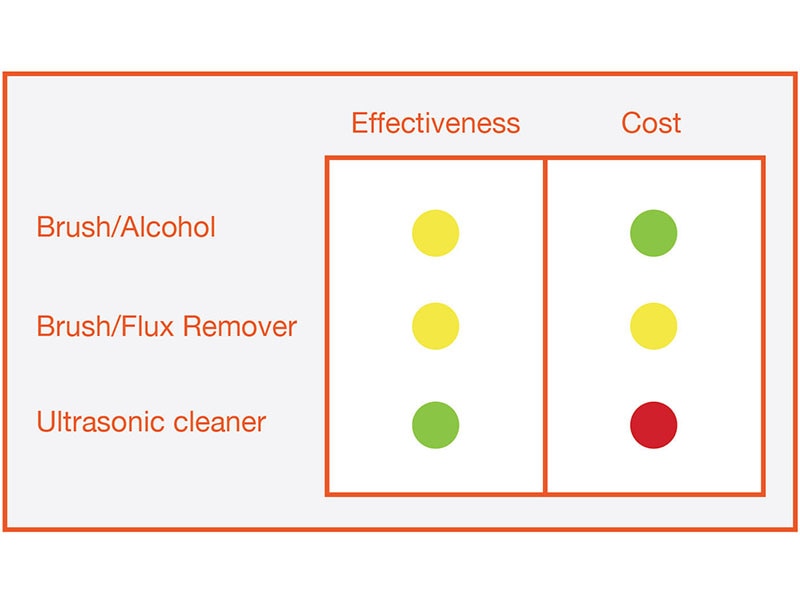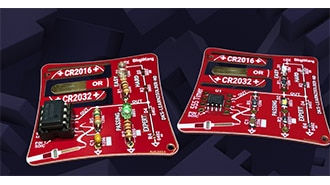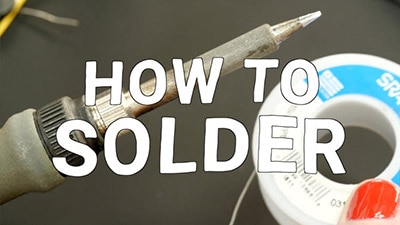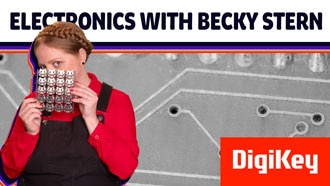What is Solder Flux and Why You Should Use It
2023-04-03 | By Maker.io Staff
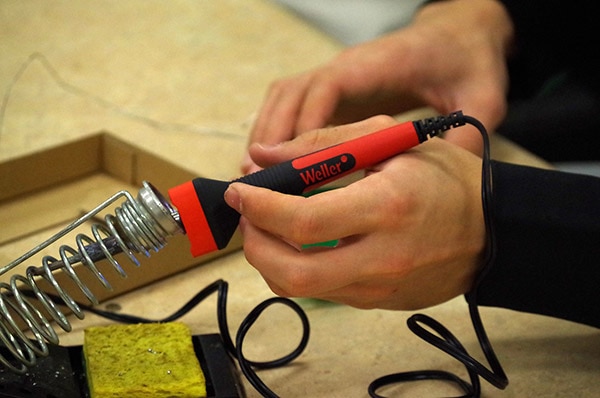
When assembling circuit boards, the tools and solder used are only one part of the equation needed to successfully build reliable and durable electronics. Flux is another crucial ingredient in the recipe to success as it plays a vital role in preparing the electronic components and surface of the PCB, making solder flow more easily, and binding the metal to pads and component legs to help fuse them. This article investigates a few types of flux commonly used in electronics projects.
Understanding the Role of Flux When Soldering
Anyone who’s ever tried soldering components to a PCB with untinned pads without flux will know the problems to go along with the process. The solder will hardly stick to the pads or the components, and even if it does, the solder joints are often brittle and of bad quality. That’s often due to a mix of factors. For example, the copper pads on the PCB start to oxidize as soon as they’re exposed to air after the etching process. This thin oxidization layer builds up on the surface, preventing the solder from sticking to the copper properly. Further, different solder formulations may result in the solder having a harder time bonding to the copper or gold-plated legs of components.
This is where flux comes in, as this chemical product helps prepare the surfaces on the PCB by removing oxidization and wetting the surface. Further, flux helps create a true metallurgic bond between the PCB’s pads and component legs, ensuring that solder joints won’t crack when exposed to thermal and physical stress. Finally, flux also helps prevent new oxidization from forming during the high heat soldering process which would normally accelerate oxidization.
The Three Main Types of Soldering Flux in Electronics
Like solder, you can distinguish the types of flux commonly available for use in electronics assembly by the base chemical used to create the flux. The three main types are rosin-based, no-clean, and water-soluble flux. Alternatively, it’s also possible to classify the flux according to its delivered form, such as a spray, liquid, paste, or core embedded within the solder.
The first type, rosin-based flux, is made from pine tree sap and then dissolved in a solvent, usually isopropyl alcohol. The resulting product is slightly acidic, which helps dissolve built-up gunk and oxidization. In this state, the flux is called type-R rosin flux. However, manufacturers can add additional acid activators to make the flux more aggressive and increase its ability to dissolve heavier oxide films, which may be required when soldering at higher temperatures, such as lead-free solder. Depending on the activation level, the flux is categorized into RMA (rosin mildly activated) and RA (rosin activated). Due to its acidic nature, this flux must be cleaned off the PCB after assembly to prevent it from corroding the board over time.
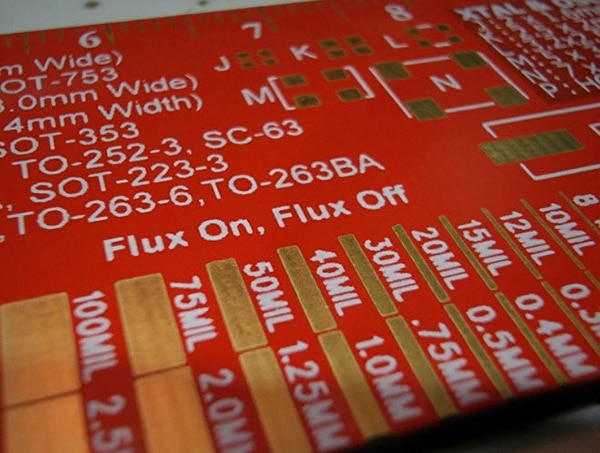
No-clean flux is a rosin flux with minimal activation, meaning removing the chemical upon assembly is unnecessary. However, due to the decreased acidity, this type of flux is not as efficient in preparing the surfaces for soldering, and they may not be suitable for working with higher temperatures. While not crucial, cleaning the board after assembly is still recommended, as no-clean flux can leave behind a sticky residue that may attract dust and lead to hardware failures in sensitive components over time.
Finally, water-soluble flux employs synthetic resins to achieve a good middle-ground between no-clean flux and type R flux, as they are still quite corrosive, which leads to a well-prepared, clean soldering surface, yet they are easy to clean up. After assembly, this flux must be rinsed off the board using de-ionized water instead of chemical solvents, which is less messy and more cost-effective. In addition, some water-soluble flux is also (mostly) water-based, which can reduce harmful emissions during the soldering process and is better for workers and the environment.
Using the Correct Form of Delivery
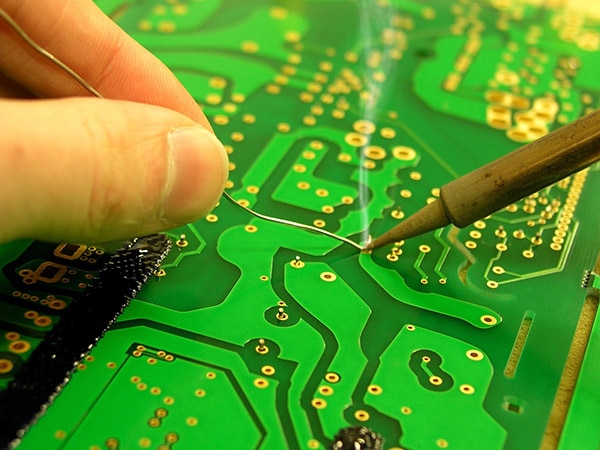 Many solder wires have flux embedded in their core. This flux is often no-clean and can be seen evaporating during the soldering process.
Many solder wires have flux embedded in their core. This flux is often no-clean and can be seen evaporating during the soldering process.
Most people will seldom need to add additional flux when soldering, as they’ll most likely use a solder that embeds flux in the core of the wire. However, some people prefer adding extra flux in the form of paste to aid them in mounting large components that require high temperatures to solder, like I/O ports and transformers. Further, the use of flux depends on the technique used and the size of the components to solder. For instance, reflow or hot-air soldering of SMD components requires solder paste, which is flux with dissolved solder powder. Further, de-soldering usually requires adding extra flux in either liquid or paste form, as the old flux has likely been cleaned off after manufacturing, and the old solder joints will probably have oxidized over time, making removal more difficult without additional flux.









